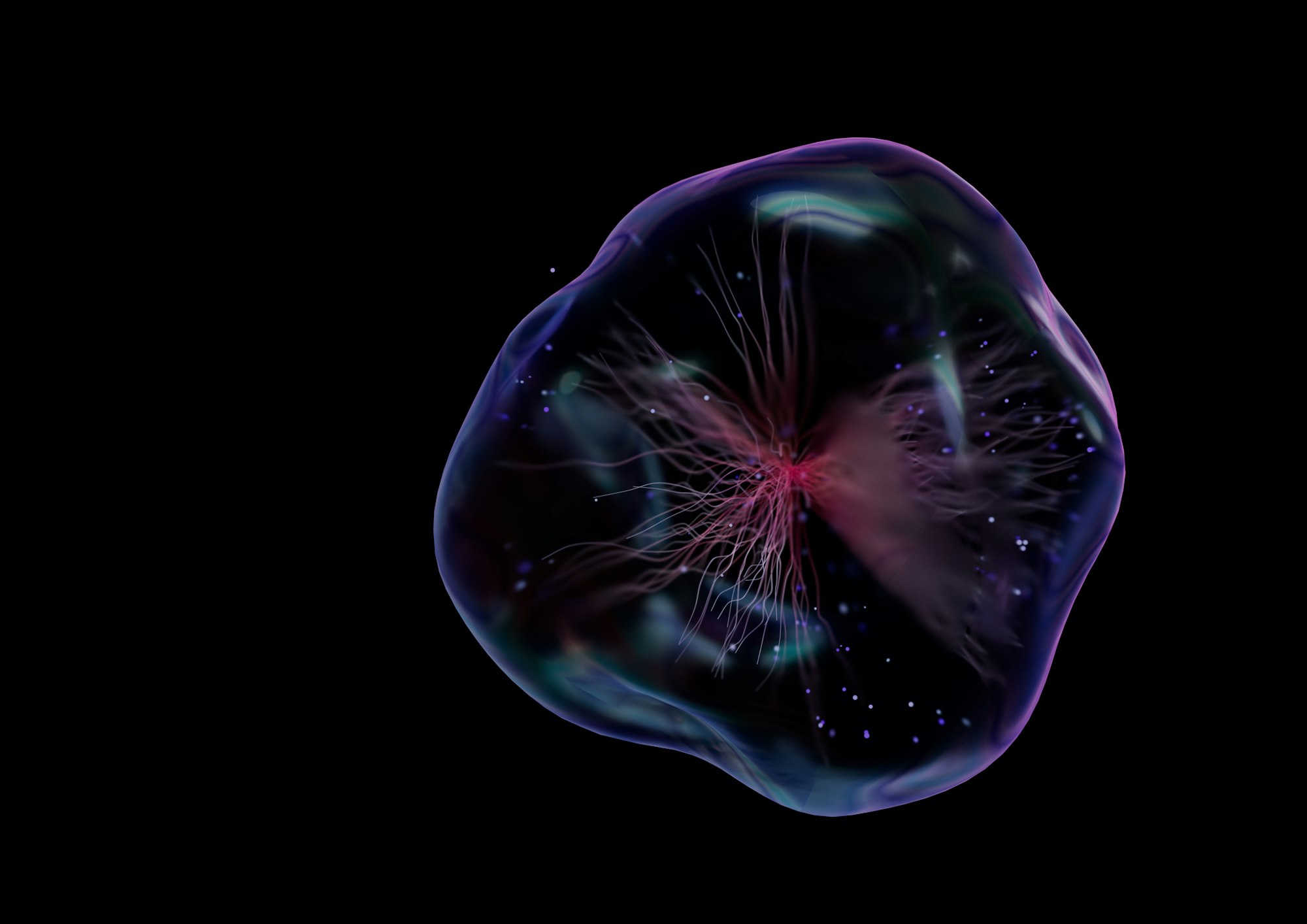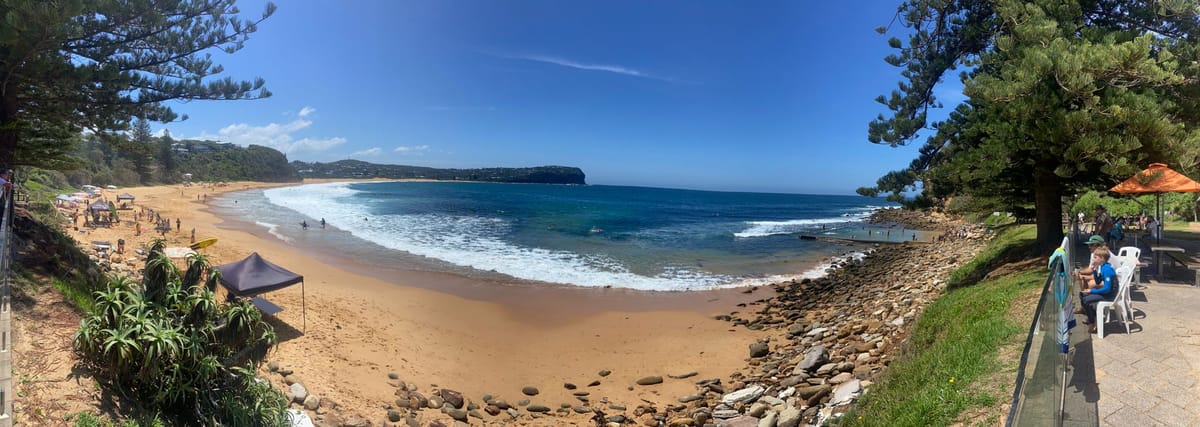Repatterning #3: Potential through Enabling Conditions ( Regen / Regenerative Principle 3)

Acknowledging this is created on Kaurna Yarta, Tarndanya, so-called Adelaide.
This is all about how we go from extractive practice to regenerative practice. I don't know everything, but I'm doing my best so that we can learn together. We're doing this through the Regen principles from the work of Carol Sanford. So a big acknowledgement to her. She's played a big role in this place. If you haven't heard of her name, go check her out.
If you prefer reading, do a big scroll for me to get past my pretty face
If you prefer audio, we got you
Enabling Potential
We're talking about enabling potential through the conditions that a whole living being lives in, depending on its essence. So we've got to revisit those first two principles to make sense of this third one.
Regen Principle #1: Wholes - Living Whole beings
We work with whole living beings. A car can be taken apart, fragmented and put back together and it will function, but it will also deteriorate over time. It doesn't have regenerative capacity. However, let's say a cat or a human—if you took it apart, you could not put it back together. A whole living being is an emergent expression of their own essence.

Read more about regen principle #1 here
Regen Principle #2: Essence
A being's essence is a unique characteristic of how they move in the world. Each species has a general process or pattern — cows eat grass, they move around — and that has a role to play in a specific ecosystem. Depending on the ecosystem, it will create different conditions that may be positive or enabling, or conditions that are negative, destructive, or degenerative to the various different types of living beings in that place.

Read more about regen principle #2 here
Enabling potential through enabling conditions
When we think about potential, it really is based on how the conditions enable you to express your unique essence. The great example I like to give, which is a true story that was used by Ken Robinson in his famous TED Talk
The right conditions take someone from having a learning disability to one of the most famous choreographers ever
A young girl is struggling at school.
The school thinks she has a learning disability and asks her to get assessed by a doctor.
Luckily, her parent goes to a really great doctor, and they do the assessment.
The doctor says, "Look, your daughter doesn't have a learning disability. She's just a dancer."
The mother puts her through dance school.
She - Gillian Lynne, eventually becomes the choreographer for Cats

The importance of creating enabling conditions
So what were the conditions at play?
A very rigid environment that is focused on academic learning didn't work with that kid.
Or a movement-based developmental approach which enabled her to express the essence her living being
Gillian was able to express a higher level of potential because she was placed in conditions that increased her vitality, viability and capacity to evolve/develop.
When we focus on creating conditions, we're doing the indirect work that enables us to have a better realization of our potential to do our direct work.
Indirect Work and Potential
See how we have been applying regen principles in practice

Find out more about direct vs indirect work in
Carol Sanford's book Indirect Work



